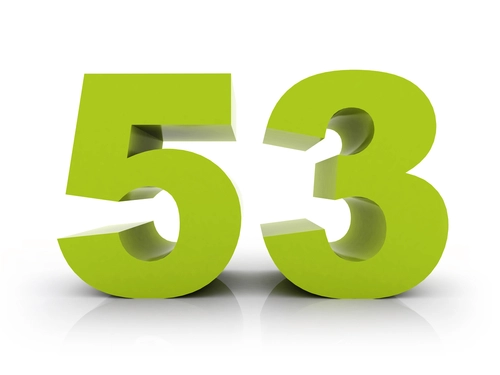Follow Through to Components for Skull Base Lesion Removal
Question: During surgery of the skull base to remove lesions, our surgeon performs a LeFort I osteotomy approach for an anterior cranial fossa with internal fixation. How should I report the surgery? Also, can I report internal fixation separately? Oregon Subscriber Answer: No, you cannot report internal fixation when you report 61586 (Bicoronal, transzygomatic and/or LeFort I osteotomy approach to anterior cranial fossa with or without internal fixation, without bone graft), as the descriptor accounts for internal fixation. You should, however, likely be coding for two more surgeries when reporting 61586. Why? The osteotomy approach is one part of a two-code surgical process to remove skull base lesions, and you’ll need to code for each one in order to max out your claims success. Also, you’ll likely need information on which surgeons worked with your surgeon on the procedure, as the process “often requires the skills of several surgeons of different surgical specialties working together or in tandem,” per CPT®. This means that depending on the situation, you might need to use a modifier such as 62 (Two surgeons), 80 (Assistant surgeon), or 81 (Minimum assistant surgeon). Approach procedures: You’ll report a code from 61580 (Craniofacial approach to anterior cranial fossa; extradural, including lateral rhinotomy, ethmoidectomy, sphenoidectomy, without maxillectomy or orbital exenteration) through 61598 (Transpetrosal approach to posterior cranial fossa, clivus or foramen magnum, including ligation of superior petrosal sinus and/or sigmoid sinus) for the approach procedure. According to CPT®, an approach procedure is “described according to anatomical area involved, ie, anterior cranial fossa, middle cranial fossa, posterior cranial fossa, and brain stem or upper spinal cord.” Definitive procedures: You’ll report a code from 61600 (Resection or excision of neoplastic, vascular or infectious lesion of base of anterior cranial fossa; extradural) through 61616 (… intradural, including dural repair, with or without graft) for the definitive procedure. According to CPT®, a definitive procedure is “the repair, biopsy, resection, or excision of various lesions of the skull base and, when appropriate, primary closure of the dura, mucous membranes, and skin. Repair/reconstruction procedure(s): You’ll report either 61618 (Secondary repair of dura for cerebrospinal fluid leak, anterior, middle or posterior cranial fossa following surgery of the skull base; by free tissue graft (eg, pericranium, fascia, tensor fascia lata, adipose tissue, homologous or synthetic grafts)) or 61619 (… by local or regionalized vascularized pedicle flap or myocutaneous flap (including galea, temporalis, frontalis or occipitalis muscle)) for the repair/reconstruction procedure(s). According to CPT®, a repair/reconstruction procedure is “reported separately if extensive dural grafting, cranioplasty, local or regional myocutaneous pedicle flaps, or extensive skin grafts are required.” However, these are “secondary” repair codes to treat a cerebrospinal fluid (CSF) leak after prior skull base surgery and would therefore not be reported at the initial surgery. Since subsequent CSF leak typically occurs in the global period, remember that a secondary repair for treatment of the CSF leak is related to the initial surgery and would therefore require the modifier 78 (Unplanned Return to the Operating/ Procedure Room by the Same Physician or Other Qualified Health Care Professional Following Initial Procedure for a Related Procedure During the Postoperative Period) to be applied if the repair occurs during the 90-day global period of the lesion removal.




